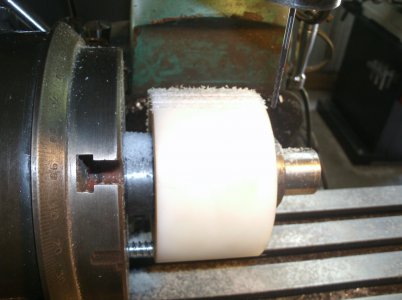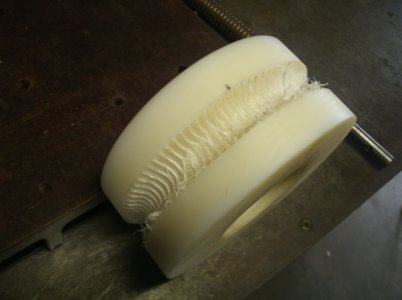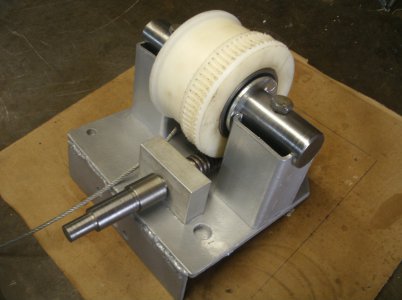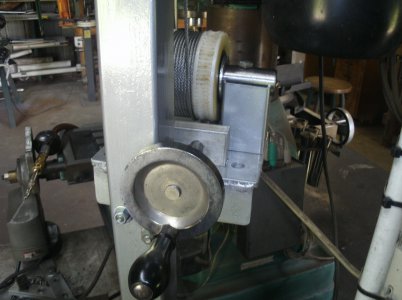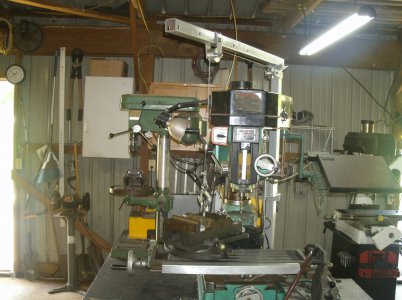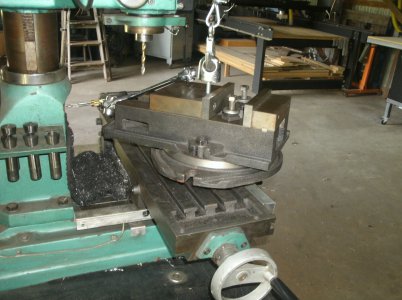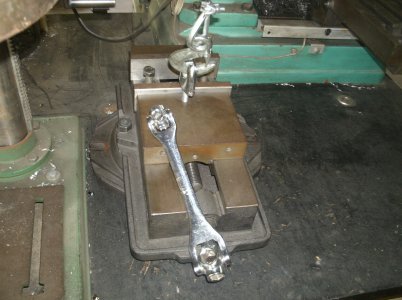- Joined
- May 22, 2015
- Messages
- 89
The thing that is great, is that you demonstrate that it doesn't take much to do the trick.I used my rotary table to cut 72 slots about 0.025 deep to mark the teeth.
 The video shows the gashing cuts the teeth almost completely (and using an involute cutter). Whereas you cut only .o25 deep.
The video shows the gashing cuts the teeth almost completely (and using an involute cutter). Whereas you cut only .o25 deep.What did you use to cut the slots?


